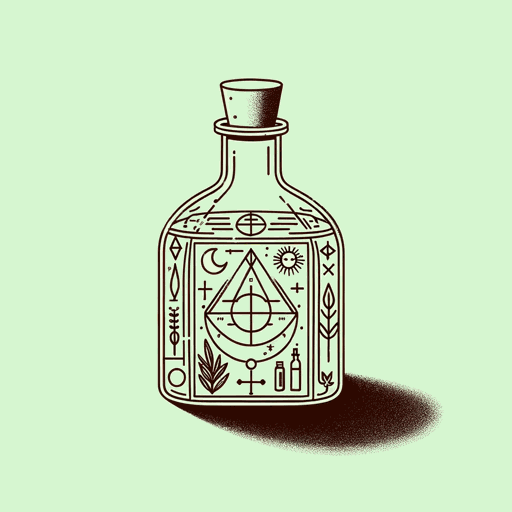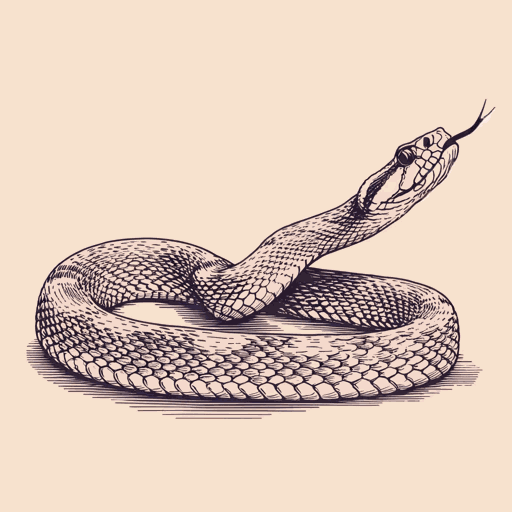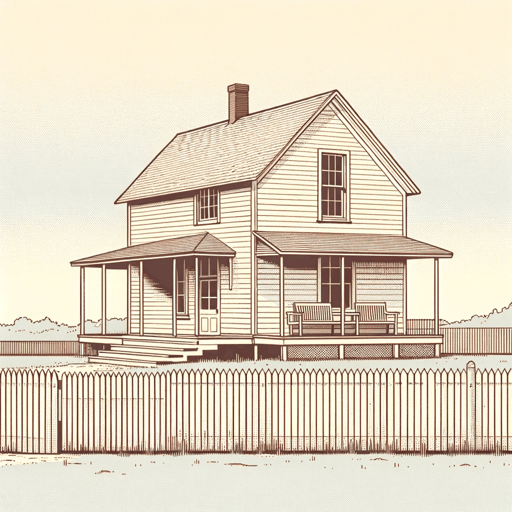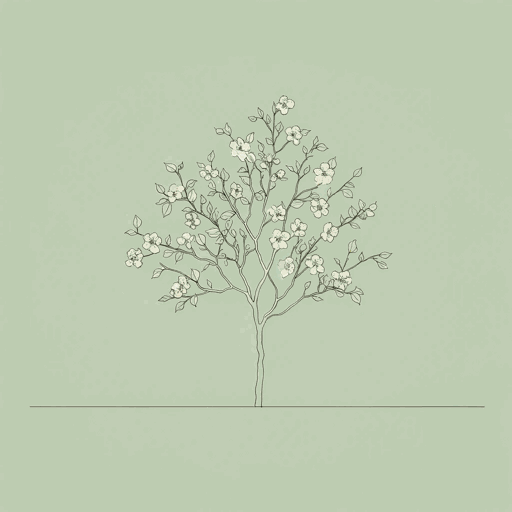59 pages • 1 hour read
Zora Neale HurstonDust Tracks on a Road
Nonfiction | Autobiography / Memoir | Adult | Published in 1942A modern alternative to SparkNotes and CliffsNotes, SuperSummary offers high-quality Study Guides with detailed chapter summaries and analysis of major themes, characters, and more.
Summary and Study Guide
Overview
Dust Tracks on a Road is the memoir of Harlem-Renaissance-era writer Zora Neale Hurston. Originally published in 1943, the book won the Anisfield-Wolf Book Award in Race Relations in the nonfiction category. This guide is based on the 1996 Harper Perennial edition of her original text. The book offers an account of Hurston’s life up until 1941 and her perspective on race relations, friendship, love, and religion.
In Chapter 1, Hurston offers cultural and historical background on Eatonville, Florida, the all-black town where she spent the first part of her life and where she claims she was born. In Chapter 2, Hurston offers background on John Hurston and Lucy Potts Hurston, her parents. In Chapter 3, Hurston recounts what she has heard of her birth. Hurston claims she was delivered by a white neighbor who happened to stop by while Hurston’s mother was giving birth. Hurston maintained a relationship with this man until she was 10.
In Chapters 4 and 5, Hurston describes the landscape and culture of Eatonville. Hurston was a precocious child who developed a love of books after receiving several from white benefactors at her school, and she reveled in the rich oral culture and folklore to which she was exposed on the front porch of the town store. Hurston began composing complicated stories about neighbors, town characters, and her homemade toys. Hurston’s life was marred somewhat by her father’s frequent outbursts of temper and repressive personality, but her mother doted on her and encouraged her to be ambitious. When Hurston was 9, she had a series of visions that foretold tragedy, homelessness, and becoming an orphanage.
In Chapter 6, Hurston recounts her mother’s death. John Hurston sent Hurston to school in Jacksonville with her sister, Sarah; he remarried shortly thereafter. For the first time, Hurston was forced to function in a racially-segregated environment. In Chapter 7, Hurston describes how her situation worsened when her sister returned home and her father, John Hurston, failed to pay Hurston's tuition, which led to the administration putting her to work cleaning. Hurston was sent home after John Hurston asked the school to adopt her.
In Chapter 8, Hurston describes a difficult five-year period during which she lived apart from her father because of her stepmother’s dislike of Lucy Potts Hurston’s children. Hurston lived with neighbors and family, and she was forced to give up school to work. She had a hard time gaining employment because of her petite size and frequently lost jobs because of her absentmindedness and interest in books.
In Chapter 8, Hurston describes a brief stint with a traveling musical performance troupe. She worked as a lady’s maid to a Ms. M., gained access to a well-stocked library of one of the performers, and learned how to get along with whites.
In Chapter 9, Hurston recounts her decision to return to school. She enrolled in the high school program at Morgan State, where she befriended people who supported her education, helped her find work, and gave her the chance to learn more about the literature she loved. Hurston attended college at Howard University, where she began writing and became a part of the Harlem Renaissance through her connection to important figures in the movement. Hurston eventually headed to New York, where she attended Barnard College, the women’s university that was associated with Columbia College. Hurston graduated in 1928.
In Chapter 10, Hurston describes her work in anthropology under Franz Boas. Hurston also struck up an association with Charlotte Osgood Mason, a demanding philanthropist who funded some of Hurston's research on folklore in Florida. Hurston initially struggled to fit in with her South Florida informants, but eventually became so skilled that she became a successful, published folklorist. Hurston completed further research in New Orleans, the Bahamas, and Haiti.
In Chapter 11, Hurston describes the books she published, her popularization of Caribbean and African American folk culture as a performer, and her work as a screenwriter in Hollywood.
In the remaining chapters, Hurston offers her opinions on diverse topics. In Chapter 12, Hurston offers her take on race and racial relations in the United States. Hurston argues that the notion of an African-American racial identity is too simplistic to embrace the various classes and individual characteristics of specific African Americans. In Chapter 13, Hurston describes her friendships with two celebrities of the day, popular white writer Fanny Hurst (for whom Hurston served as a secretary), and African-American actress and singer Ethel Waters. Chapter 14 is Hurston’s account of her failed romances and marriages, and her rejection of idealized notions of love. Chapter 15 offers a cynical take on religion, which Hurston sees as going hand-in-hand with force and power. Hurston is a freethinker who sees no attraction in organized religion.
Hurston concludes the memoir with Chapter 16. Looking back over her life, she can see that she has had many ups and downs. She feels it is best to ignore both extremes and instead focus on work and looking toward the future in both her life and the realm of race relations.
Hurston’s account of her life is delivered in a folksy voice that is liberally sprinkled with references and diction from African-American folk culture and the writing of the Romantics. While the work has multiple factual inaccuracies, her insistence on living life on her own terms, balanced out with a dose of pragmatism that was necessary for a struggling African-American writer with working-class roots, is true to form.
Related Titles
By Zora Neale Hurston

Barracoon: The Story of the Last "Black Cargo"
Zora Neale Hurston

Drenched in Light
Zora Neale Hurston

Hitting a Straight Lick with a Crooked Stick
Zora Neale Hurston

How It Feels To Be Colored Me
Zora Neale Hurston

Jonah's Gourd Vine
Zora Neale Hurston

Moses, Man of the Mountain
Zora Neale Hurston

Mule Bone: A Comedy of Negro Life
Langston Hughes, Zora Neale Hurston

Mules and Men
Zora Neale Hurston

Seraph on the Suwanee
Zora Neale Hurston

Spunk
Zora Neale Hurston

Sweat
Zora Neale Hurston

Tell My Horse: Voodoo and Life in Haiti and Jamaica
Zora Neale Hurston

The Eatonville Anthology
Zora Neale Hurston

The Gilded Six-Bits
Zora Neale Hurston

Their Eyes Were Watching God
Zora Neale Hurston

